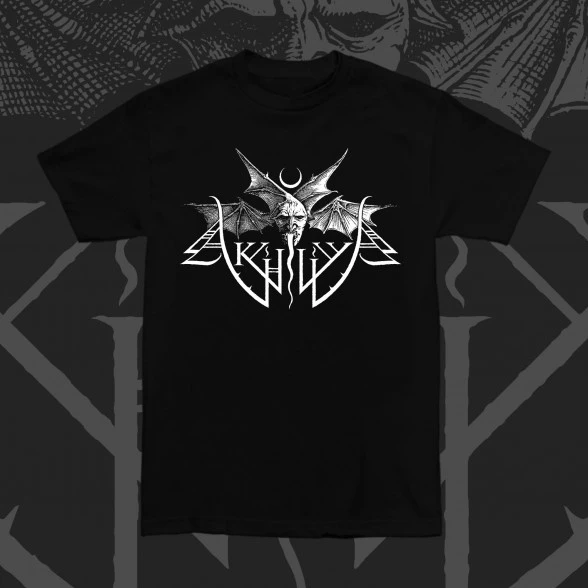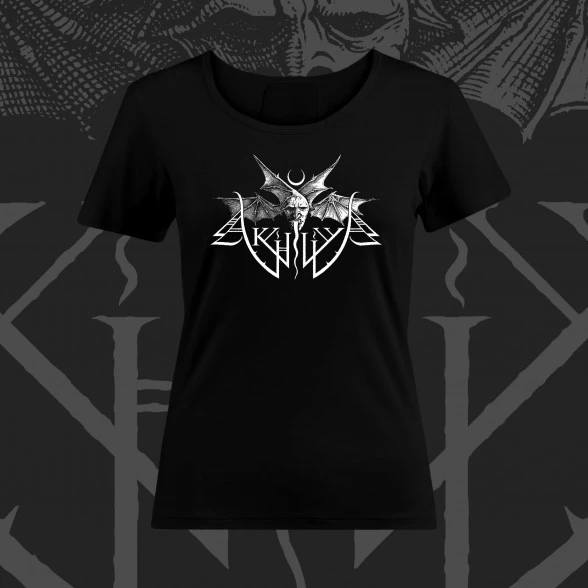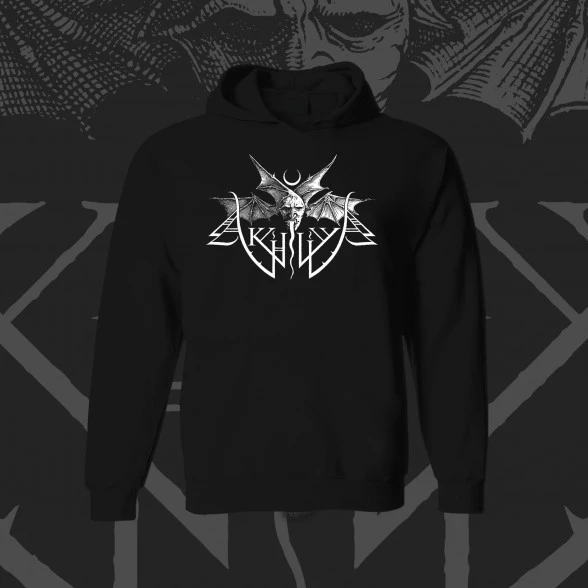Blog search
Artists
- Aara
- Akhlys
- Anfauglir
- Archgoat
- Arkona
- Aversio Humanitatis
- Behexen
- Beneath Moonlight
- Blood Abscission
- Blut Aus Nord
- Bong-Ra
- Cailleach Calling
- Eitrin
- Ershetu
- Godkiller
- I.C.E.
- Inferno
- Insect Ark
- Kaleikr
- Light Of The Morning Star
- Miserere Luminis
- Modern Rites
- Mütterlein
- Óreiða
- Other World
- Pestifer
- Pestilength
- Pestilent Hex
- Plebeian Grandstand
- Pure Wrath
- Selbst
- Servants Of Chaos Festival
- Slidhr
- Sühnopfer
- Taubrą
- The Lovecraft Sextet
- Throane
- Ulcerate
- Waidelotte
- White Ward
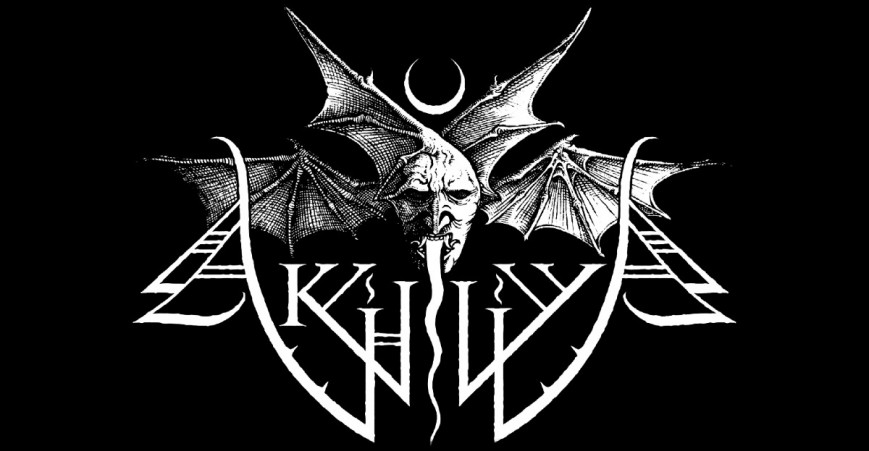
AKHLYS – in-depth interview + new logo
One year after the release of AKHLYS' third album, "Melinoë", editor Ankit Sinha, who used to write for Heathen Harvest, conducted an in-depth interview with mastermind Naas Alcameth about the lyrical and conceptual themes of the latest album. Read the interesting talk below and learn more about Naas' dreams, inspiration and the future of AKHLYS.
We also take the opportunity to reveal the band's new logo, created by Kontamination Design, which will get printed on a t-shirt (men/women) and a hoodie. They are available to pre-order on our EU, US (men shirts only) and Bandcamp shops.
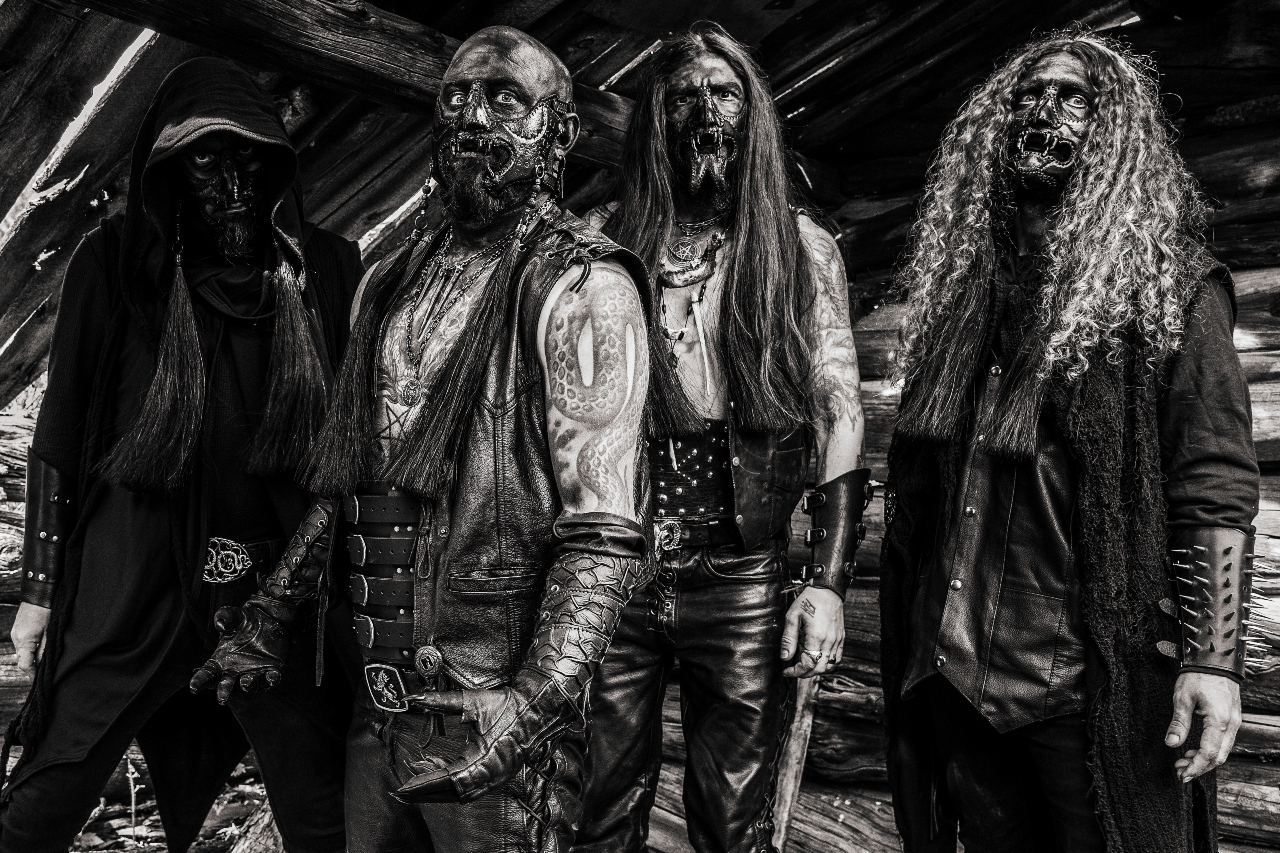
Q: AKHLYS' latest opus is titled after the chthonic nymph Melinoë, who, in one of the Orphic Hymns, is described as the bringer of nightmares and madness. The Orphic Hymn 71 invokes her as the "specter" who "drives mortals to madness with her airy apparitions" and she who "appears in weird shapes and strange forms." As the album draws inspiration from your dream and parasomnia experiences, did you choose Melinoë as a symbolic representation of the harrowing visions and 'visitations' that you possibly encountered during your praxis?
Yes, although I must clarify that none of the experiences, I have drawn upon occurred during any sort of praxis, although at least some occurred while falling into sleep or during sleep while dreaming on nights that some degree of meditation, ritual or other such observations occurred. I saw the figure of Melinoë as an appropriate idol or "mask" to serve as the identity of the overall work. What can be discerned within the obscurity of the few passages in hymn 71 resounds with the concepts that are the foundation of the album. Furthermore, the mystery of the figure herself reinforces this relationship as such innate obscurity speaks to a provenance of liminality, which is central to the spirit that informs the work.
Q: 'Somniloquy', the first chapter of "Melinoë", invokes "a bleak muse" whom you invoke to "speak through you." Is this muse Melinoë herself or some other entity?
After a manner this could be correct, I suppose, although I am not calling upon Melinoë in such a literal way, as one might call upon a particularized entity in some Solomonic fashion. Again, I am using the divine figure as an appropriate "mask" to embody aspects that are integral to the album's concepts, which are embodied within this figure, yet are difficult to relay outside such symbolism. More precisely, it is an address and invitation to my own daemon or muse to "speak through me."
Q: The chapter further delves into an ecstatic exploration of this dream state wherein you invoke the aforementioned "muse" to guide your soul "upon Deimosian winds through the Gate of Horn." These verses contain references to Deimos, the representation of terror and dread as per Greek mythology, and the Homeric Gates of Horn and Ivory in the "Odyssey" where, in a rather enigmatic passage, Penelope tells Odysseus about two types of dreams which are symbolized by the gates of Horn and the Ivory, wherein the ones that pass through the former "accomplishes the truth for any mortal who sees them." How do the Homeric metaphors contained within the verse relate to the sleep-talking experience(s) that shaped up 'Somniloquy'?
The reference to Deimos and his "wind" is used here to relay a central aspect of the experiences that are being addressed; that of dread as an initiatic vehicle. The relationship between dread as an ecstatic state and Plato's "divine madness" is relevant here. References to the Gate of Horn demarcates two types of dream experiences, the revelatory in contrast to the mundane, and identifies which type is being spoken of. Lastly, the "somniloquy" is not necessarily literal (although literal strange and uncanny speech may manifest), or at least should not be confined to the literal phenomenology, but understood in a vaster context of "speaking" as an act of projection that emanates something beyond and across a threshold, i.e. from thought to speech, force to form, and so on.
Q: The ancient Chinese philosopher Zhuang Zhou once saw a dream where he was a butterfly, who had the freedom to fly free as he pleased. He was certain that he was indeed a butterfly, but when he finally awoke, he realized that he had just been dreaming. But then, he questioned himself, "Was I Zhuang Zhou dreaming I was a butterfly or am I now really a butterfly dreaming that I am Zhuang Zhou?" Does this paradoxical dilemma play any role in your own praxis and experiences of dreams and parasomnia? After a particular visitation or experience, did the thought occur to you that there might be only a thin veil between the world of 'reality' and that of the dreams? What makes us so sure about the reality that we experience as something solidly and inherently existing?
Similar thoughts have occurred, although there has never been any lasting dilemma regarding any sort of transitional position of self-identity between dream and wakefulness. There is always a core element of what is essentially "I" present, yet perhaps reduced or particularized by its current stationing between either points or even from dream to dream. The question could be framed up perhaps within the concept of the waking world of the material versus the dreaming world of symbols (understood here in a manner akin to the Platonic essential ‘Forms', the mundus imaginalis, divine symbola, and so on) and the hierarchical positioning in regards to what is "illusory" of "false", versus what is "essential", more "true", or what have you. It would be difficult to give any sufficient answer to the second half of your question really as there is quite a lot to consider here as we are now addressing the nature of reality itself.
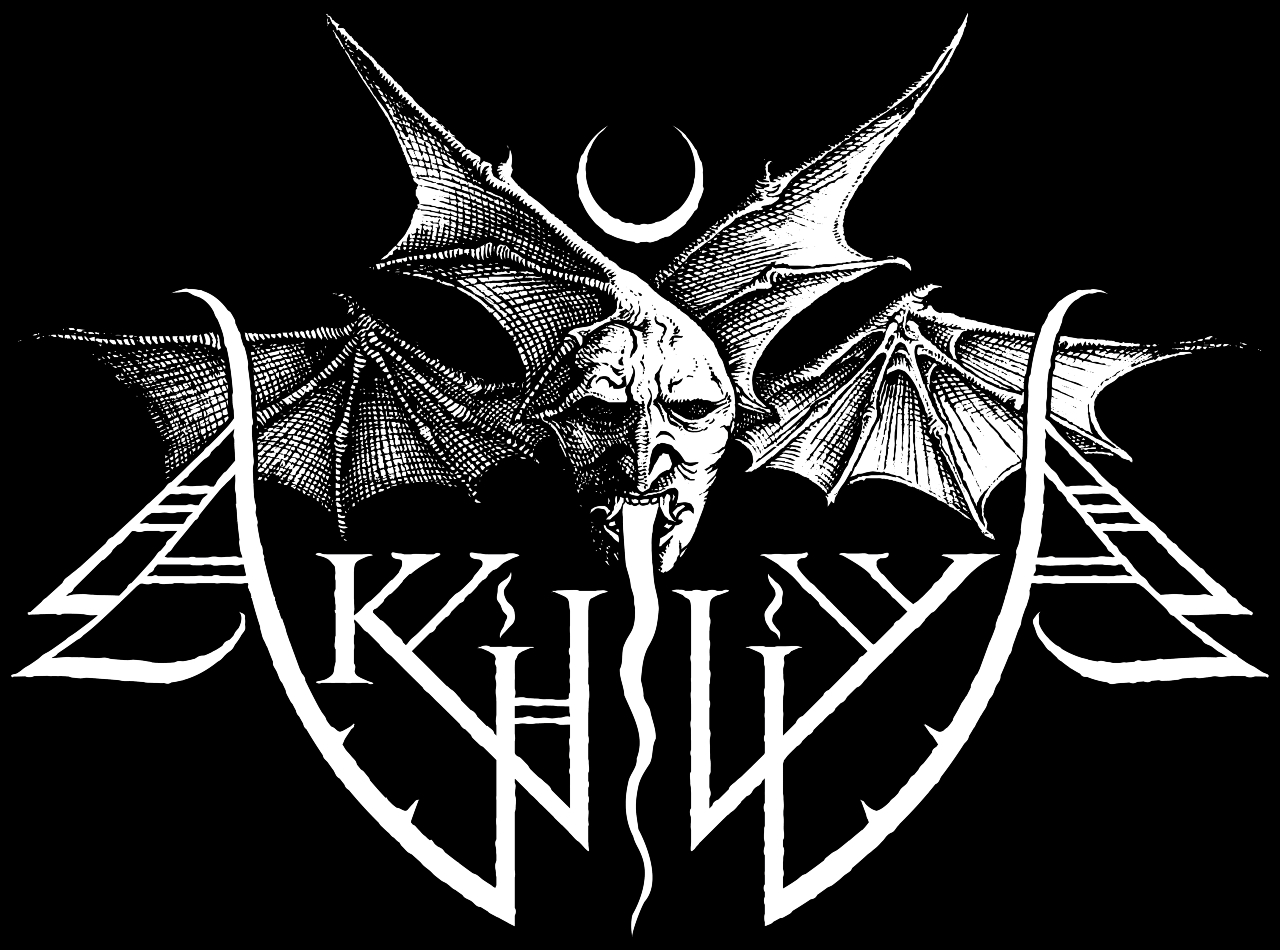
Q: Tibetan Buddhist praxis speaks about the states of 'Bardo' (intermediate state) wherein one of the states is connected to dreaming. The dream state is also compared with the intermediate state between birth and death. Although dreams are considered illusory, practitioners train in 'dream yoga' to use dreams as a path of spiritual transformation wherein they can become adept in understanding the illusory states that appear at the time of death. What are your views on this, in connection to your own praxis and experiences?
Although I could not give too much analysis here given that my knowledge on the particulars of Tibetan Buddhism is rather limited, I can certainly see the validity in regards to the preparatory practice for one's own death. This is of course a very universal concept and also central to the initiatic cults in the west. "Learn to die before you die" is an axiom at the heart of initiation itself. As far as dreams belonging solely to Samsara and Samsara being understood as purely a realm of illusion in this particular example, I think it could become a matter of perspective and definition and again, we could go down all sorts of rabbit holes here. For example, we would first have to define "illusion" and its placement and value within "reality" from an esoteric perspective. If "illusion" is understood as something that essentially does not exist then is it even participle? What are dreams exactly if not practicable? Of course, one could interject here and say that there is no "real" but only "imagined" participation as it is all merely "illusion" and then we are back to the original question and chasing our tail in circles. Furthermore, if we propose the argument that one can indeed participate (symbolically, imaginably or otherwise) with something that is essentially "not real," does that participation hold any meaning? Can such a thing bear any fruits, any knowledge, or any movement, and where is the demarcation between the revelatory and merely fanciful or even psychotic? There is a lot to consider here. Often it is said that truth is found at the point of paradox. For me personally, the concept of the imaginal [mundus imaginalis or the na-koja-abad, as found in certain Sufi writings (see Corbin)] is paramount to my understanding of how one can participate in things such as these, these profound occurrences which appear so absolutely subjective outside the relationship of experience and experiencer. During several such personal occasions, I felt more "awake" than I have ever felt within the waking world. This is why I strive to cultivate these things.
Q: "Melinoë"'s cover art is a painting created by Russian artist Denis Forkas Kostromitin titled 'Gorgoneion'. In ancient Greece, gorgoneions were used as special apotropaic amulets. What was the reason behind choosing this painting as the album art for "Melinoë"?
I first saw Denis' Gorgoneion painting years ago and it left its mark upon me. Something about it at an archetypal level seemed to speak to so many of the concepts I have relayed here. The connotation of "disembodiment," the connotations of death and the symbolic relationship between these connotations and the very colors that are used within the painting. Perhaps more personally allegorical yet immediate are the striking similarities I found between the hypnogogic "nocturnal assault" phenomenon experienced during episodes of sleep paralysis and the piercing stare of the gorgon that paralyzes one with dread, turning them to stone and presumably sending them forth into the underworld.
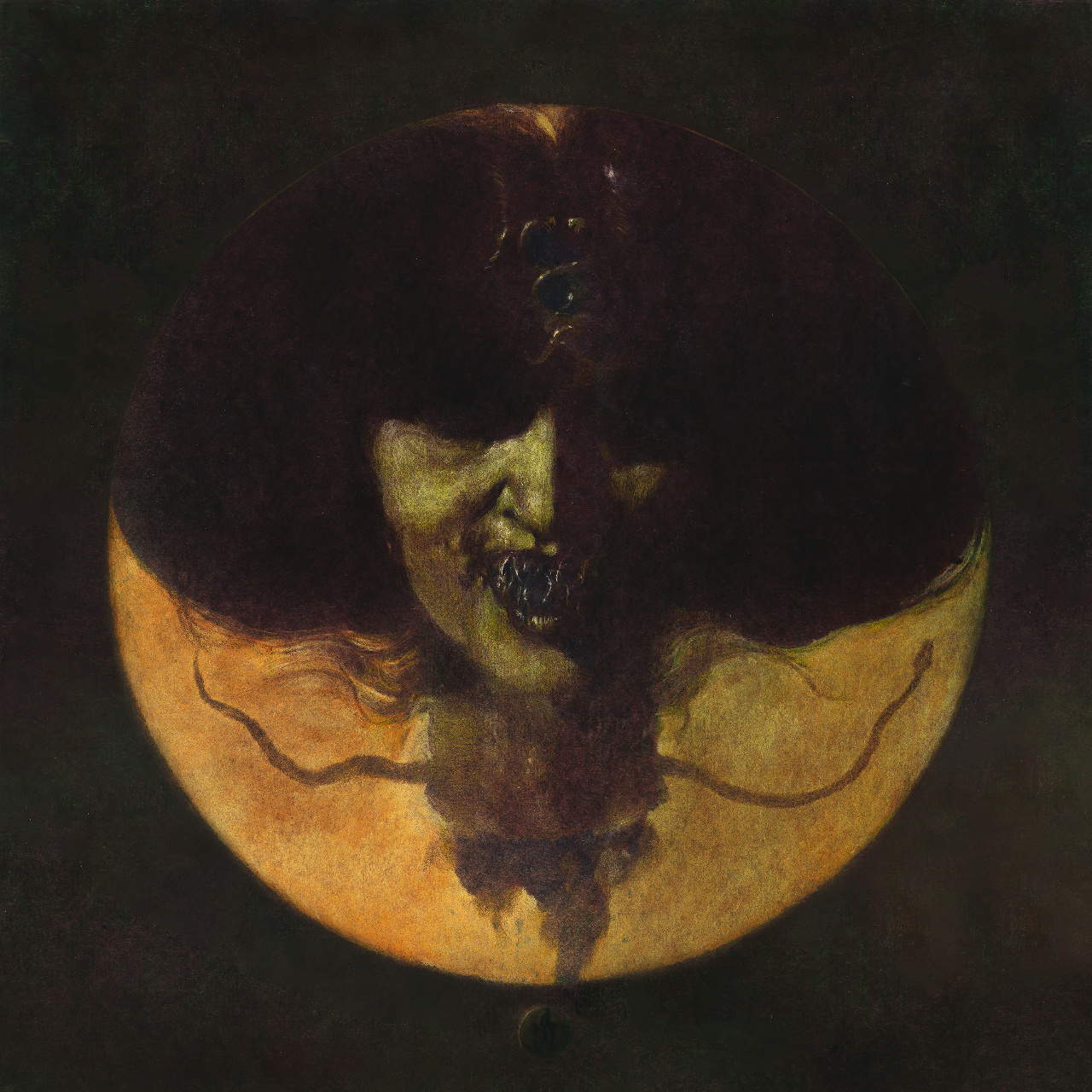
Q: As far as the music is concerned, "Melinoë", in my opinion, is the finest and most nuanced album in AKHLYS' impeccable discography. The guitar work on this album is magnificent and it truly conjures up a dreadful and nightmarish feel, which complements the lyrics and the theme. As someone well-versed with your musical work in all your projects, I feel that "Melinoë" contains some of the best and most evocative riffs that you have ever composed. Could you please shed light on the album's songwriting process? Did you channel some of your parasomnia experiences or dream praxis to create the abyssal riffs that we hear on the album?
Absolutely. It all came about a bit spontaneously in the beginning as I had not planned to return to AKHLYS. Like the previous album, it was a product of time, place, and circumstance. The dramatic changes in the world with the onset of Covid-19 among other personal trials saw me more estranged from the world than ever before. This long and strange window of time was on the one hand very hermetic and on the other quite stressful. Both of these elements are known catalysts for all manner of strange sleep and dream phenomenon, especially sleep paralysis and the hypnogogic "visitation" or "assault" element that is often associated with it. So, it wasn't so surprising when I noticed a dramatic increase in these types of occurrences. It also served as a signpost that it was time to return to AKHLYS. The writing and recording process went on for approximately five months ending with the sixth month spent at Flatline Studio in Denver recording the drums and mixing and mastering the album with Dave Otero. The experiences I had during this bizarre period were sort of a wellspring of inspiration. This was my "muse" speaking through me, at a time of global upheaval, and in a way I have never experienced before, at least not to this degree.
Q: In the opus' third chapter titled 'Succubare', you incite the 'nymph of mother night' who leads you to 'vistas of night divine'. Are the allegories referred to in the lyrics inspired by your dream visitations or any possible out-of-body experiences that transported you to astral realms?
They are indeed. Of course, again, I am interpreting these experiences quite poetically. I have mentioned elsewhere that there often are such experiences that include some sort of presiding entity, for lack of a better term, and that in some instances this intelligence seems to feel quite specifically feminine, in which case there is an abstract sexual component which is accompanied by feelings of rising ecstatic dread or mania, which I have interpreted as the "succubus".
Q: The next chapter is titled 'Ephialtes', which means nightmare. It is also attributed to Pan, the daemon of nightmares, who was considered the initiator of dreams and visions, especially violent and sudden terror. Could you please elaborate further on the symbolism of Pan in the context of "Melinoë"'s lyrics and your own parasomnia experiences?
I would say that you summed it up quite sufficiently really. I view the figure of Pan, in this context, as the "hidden initiator", who tests one through trials of violence, revelry, ecstasy and fear.
Q: "Melinoë"'s final chapter 'Incubatio' delves deeper into the themes of 'becoming' and awakening. You name Gorgo, Incubo and Syrinx, who become one and you are now 'within' the triad. Could you please elucidate on the allegories present in these lyrics?
Much of this comes from my own personal interpretations of course, but the triad here is touching upon the gendered aspects, their demarcations in so far as the different types of experiences and aspects associated to each and their union into a third aspect which constitutes the climax of the experience entire, which I have assigned to the "Syrinx," not to be understood here as the nymph associated to Pan, but the allegorical association of the piping of Pan's pipes which have been linked to a tumultuous cacophony and "spinning" or "vibrating" experienced during initiatic revelatory moments (see Kingsley's "In the Dark Places Of Wisdom").
Q: What are the 'three dreaming worlds' referred to in these lyrics?
In a very classical structure, these would be the hierarchical realms of the telluric, the underworld and the celestial.
Q: Experiencing the terrifying vistas of panic and nightmare could be a harrowing process, yet it could also act as a gateway to illuminate one's unconscious states. What are your thoughts on this?
I absolutely agree and furthermore the harrowing is the requisite, the test and gateway through one might reach various levels of revelation.
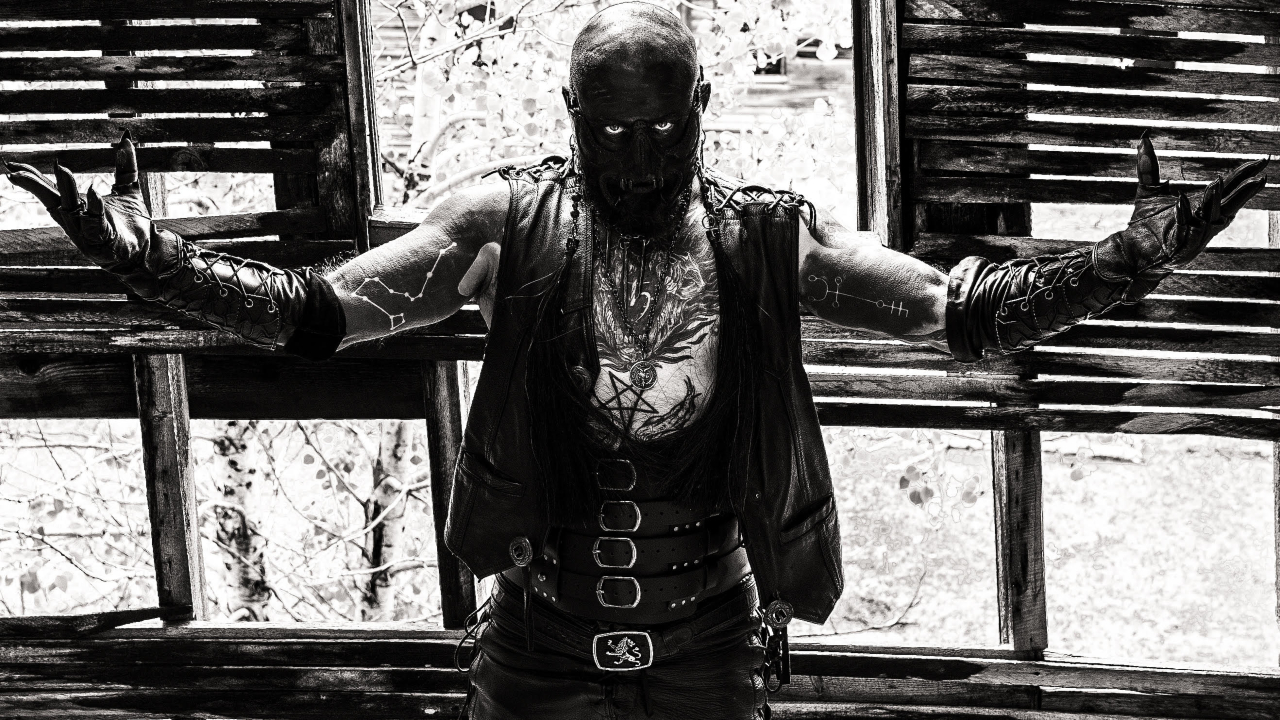
No products
To be determined Shipping
0,00 € Total
